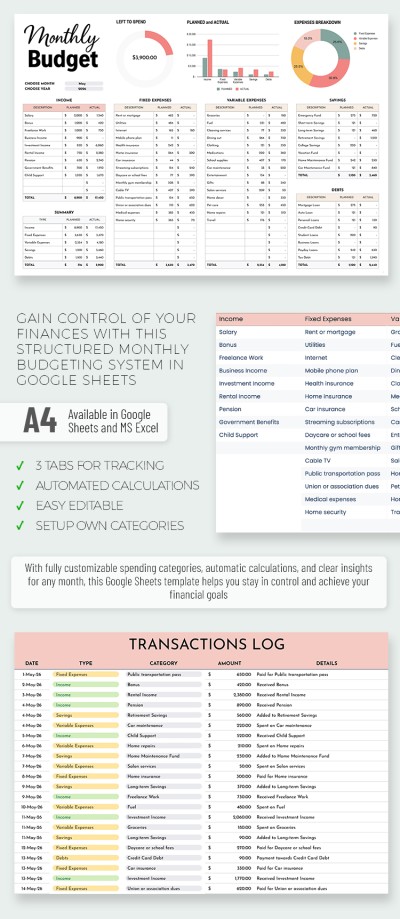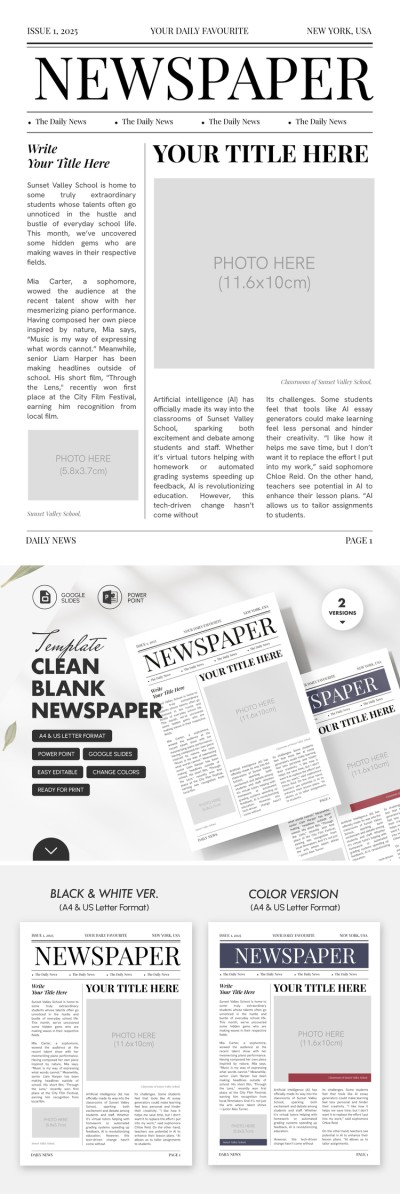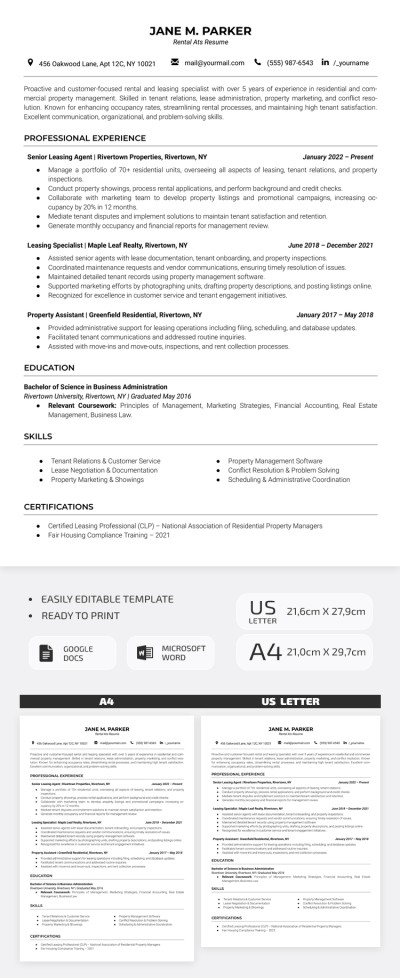How to Add Hyperlinks in Google Slides

What are Hyperlinks?
Hyperlinks, or simply 'links', are the connecting threads that hold the colossal web of information together. They are the pulsating veins of the internet, guiding the flow of information from one digital space to another. They're like the digital version of Alice's rabbit hole, leading you to new and unexplored realms of knowledge, entertainment, and communication.
At their most fundamental level, hyperlinks are coded instructions that point your browser to a different webpage, file, or location on the same webpage. Click on a hyperlink, and voila! You're spirited away, traversing through the digital cosmos at the speed of light. It's akin to teleportation, but for the curious mind seeking knowledge.
Hyperlinks come in many shapes and sizes. They can be a chunk of text, highlighted in blue and underlined in traditional style, an image that beckons you to a new destination, or even a button that promises more once pressed. They are the invitations to the grand digital party, a promise of something more, a lure to the curious, and a guide for the lost.
Hyperlinks in Google Slides
As you navigate the world of Google Slides, think of yourself as a digital storyteller, crafting a narrative that educates, inspires, or persuades. But as any seasoned storyteller knows, a single tale can branch off into many others, each one enriching the overall narrative. In Google Slides, these narrative branches are brought to life through the magic of hyperlinks.
Hyperlinks are more than just clickable elements; they are dynamic storytellers within your presentation. They help you weave a more compelling narrative by adding layers of depth to your content. You can use them to reference sources, provide additional reading, or even create a non-linear presentation that allows your audience to choose their adventure.
So, as you craft your next Google Slides presentation, remember the power of hyperlinks. They are not just tools to make your slides interactive; they are your allies in telling a richer, deeper, and more engaging story. Let hyperlinks open up new realms of discovery and engagement for your audience, making your presentation not just a story to be told, but an adventure to be experienced.
How to Add Hyperlinks in Google Slides
Adding hyperlinks to your Google Slides presentation is a simple and effective way to create an engaging, interactive experience for your audience. Follow the steps below to weave these digital threads into your presentation:
Open Your Presentation. Open Google Slides and select the presentation where you want to add a hyperlink.
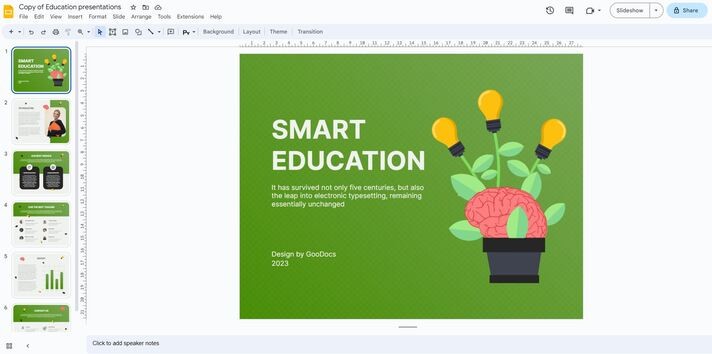
Choose Your Text or Object. Select the text, shape, or image that you want to turn into a hyperlink. This will be your 'doorway' to another slide, a website, or a file.
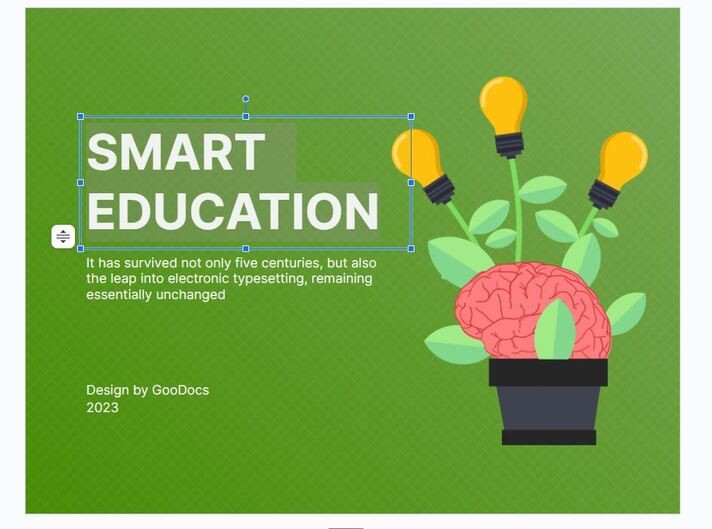
Add the Hyperlink. After you've made your selection, right-click and choose "Link..." from the dropdown menu. Alternatively, you can click on the "Insert" tab at the top of the screen and then select "Link", or simply use the shortcut Ctrl+K (Command+K for Mac users).
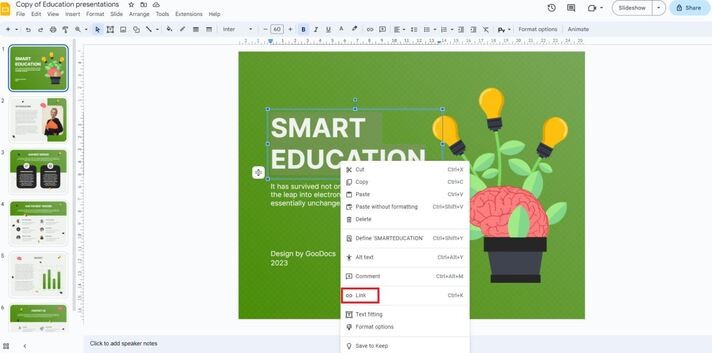
Insert the Destination. In the box that appears, you'll need to input the destination of your hyperlink. This could be a web URL, a slide in your presentation, or a file in your Google Drive. For a Web URL: Simply paste the URL into the box and click "Apply".
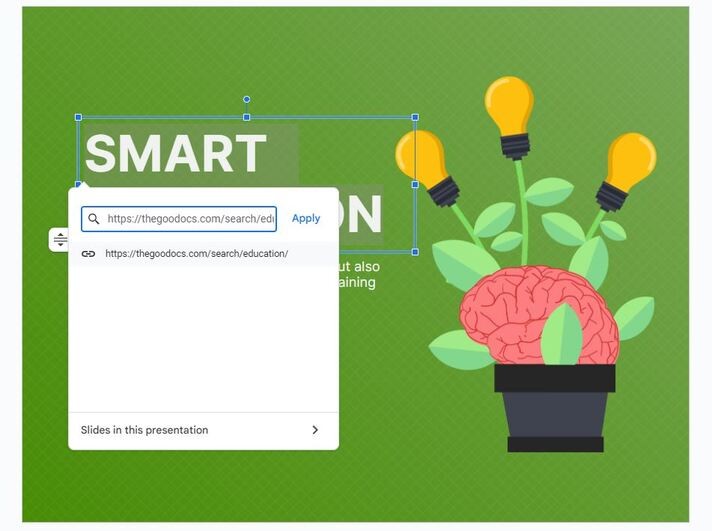
For a Slide in Your Presentation: Click on "Slides in this presentation", select the slide you want to link to and click "Apply".

For a File in Your Google Drive: Write the name of the file in the search box, select the file you want to link to from your Drive and click "Apply".
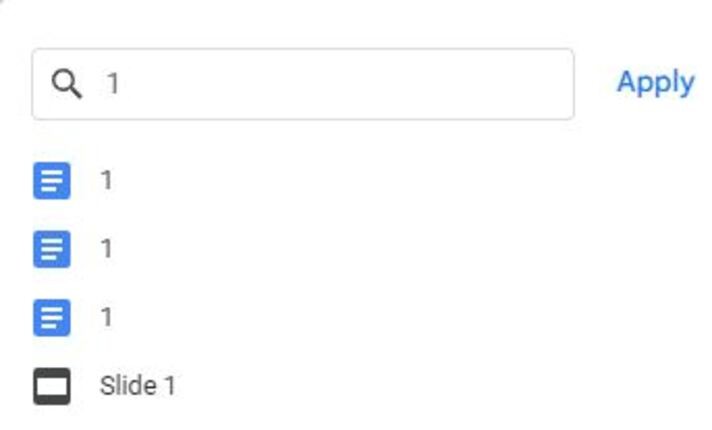
Test Your Hyperlink. To ensure your hyperlink works as intended, start your presentation by clicking "Slideshow" at the top-right of the screen.
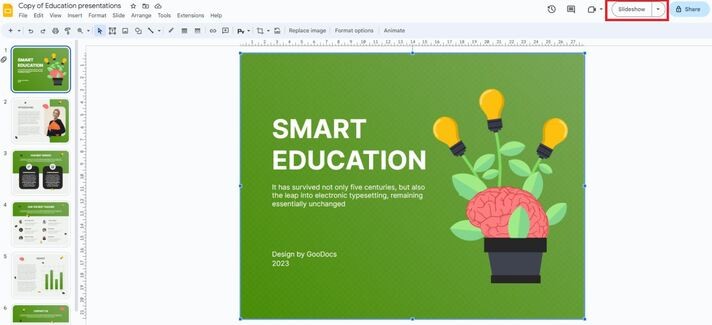
Then click on your newly created hyperlink. It should take you to the destination you specified.
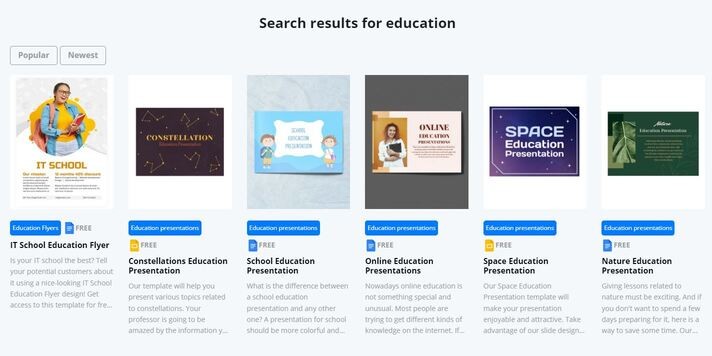
Why Should You Use Hyperlinks in the Presentation
In the grand theater of presentations, Google Slides is the stage, your content is the script and what about hyperlinks? They are the interactive props that bring your performance to life. But why should you use hyperlinks in your Google Slides presentation? Here's why:
- Enhanced interactivity. Hyperlinks infuse your presentation with an interactive element, turning a passive viewing experience into an engaging journey of discovery. They invite your audience to participate, to explore, to delve deeper into the topics that pique their interest.
- Expanded content without the clutter. Hyperlinks allow you to expand on your points without overcrowding your slides. They enable you to maintain a clean, focused presentation while providing access to supplementary information, be it additional research, related resources, or detailed data.
- Non-linear narratives. Hyperlinks can turn your Google Slides presentation into a choose-your-own-adventure experience. By linking to different slides within the presentation, you give your audience control over the flow of information, allowing them to navigate the narrative in a way that best suits their needs and interests.
- Seamless integration of resources. With hyperlinks, you can effortlessly link to videos, documents, spreadsheets, or any other online resource, offering your audience a seamless integration of diverse resources. They can view a supporting video clip or access a relevant document, all within the context of your presentation.
- Credibility and referencing. Hyperlinks allow you to cite sources, lending credibility to your information. By providing direct links to your references, you allow your audience to verify your information and further explore the sources.
- Ease of navigation. Within a large presentation, hyperlinks can function as a built-in navigation system. Links can take your viewers back to the table of contents, to related slides, or even to an external website for additional information.
In essence, hyperlinks in Google Slides provide you with a dynamic tool to enrich your presentation. They empower your audience to engage more deeply with your content, transforming your presentation from a monologue into an interactive dialogue. By using hyperlinks, you're not just presenting; you're creating a multifaceted, immersive experience.
Conclusion
In conclusion, adding hyperlinks to your Google Slides presentation can greatly enhance the interactive and informative nature of your content. Whether you're linking to a website, another slide within the presentation, or even an email address, hyperlinks can offer your audience an additional layer of context or information. This guide has walked you through the steps to add hyperlinks, showing how straightforward the process is. With a bit of practice, you'll find that incorporating hyperlinks is second nature and an invaluable tool in creating engaging and effective presentations. Remember to always check your links to ensure they are working correctly, and that they lead to the appropriate and safe content. As you continue to experiment and grow more comfortable with Google Slides, you'll discover an array of ways to use hyperlinks to improve your presentations.

We are a team of creative people who dream of sharing knowledge and making your work and study easier. Our team of professional designers prepares unique free templates. We create handy template descriptions for you to help you choose the most suitable one. On our blog, you'll find step-by-step tutorials on how to use Google Products. And our YouTube channel will show you all the ins and outs of Google products with examples.





